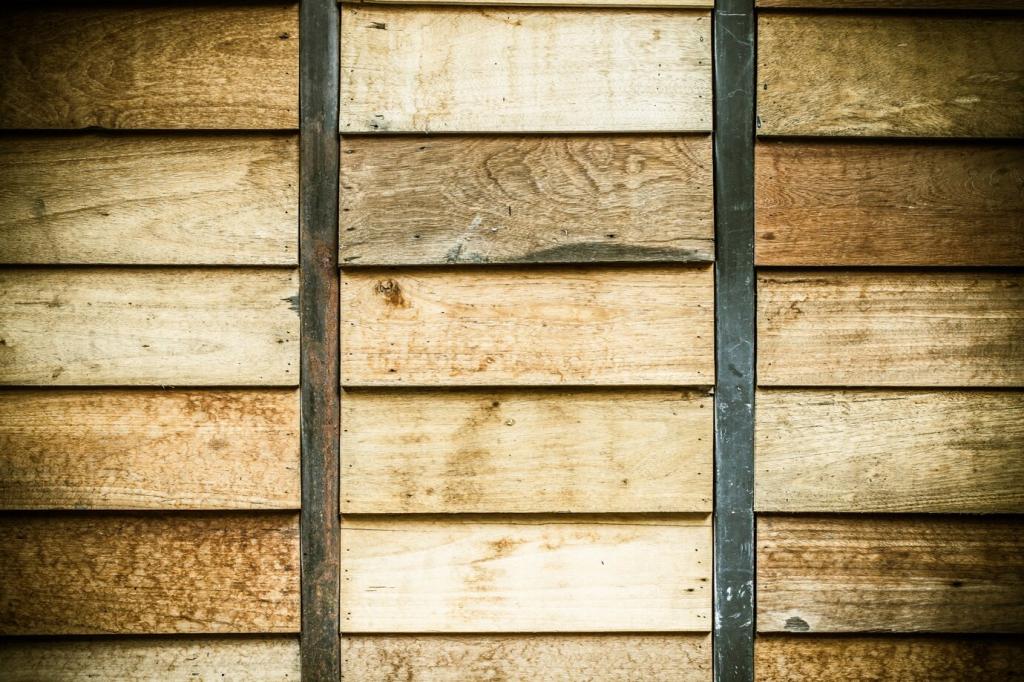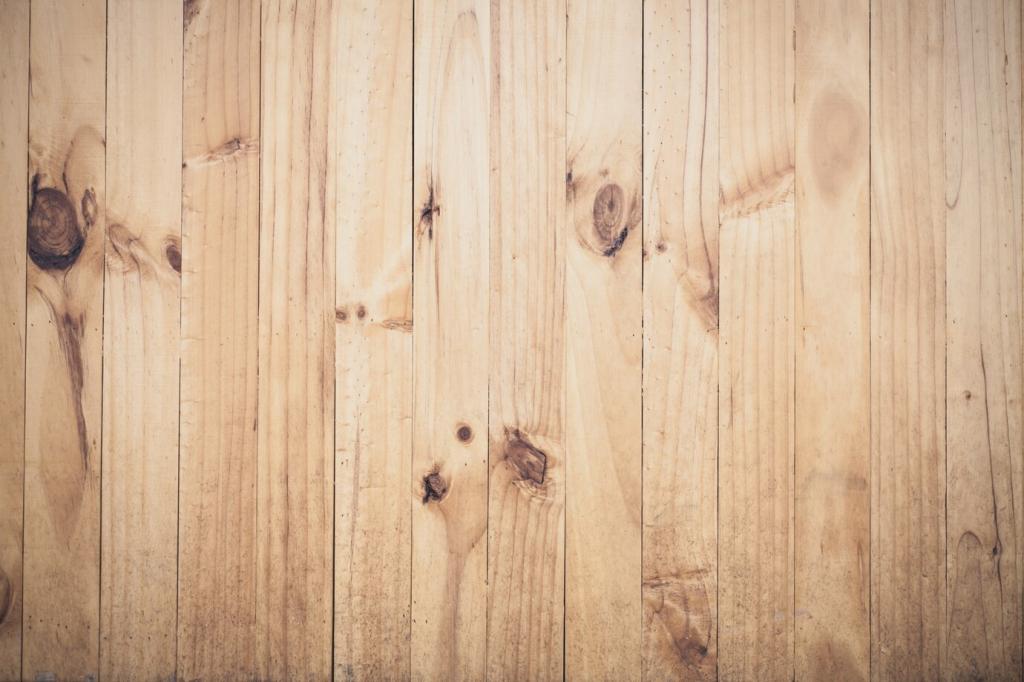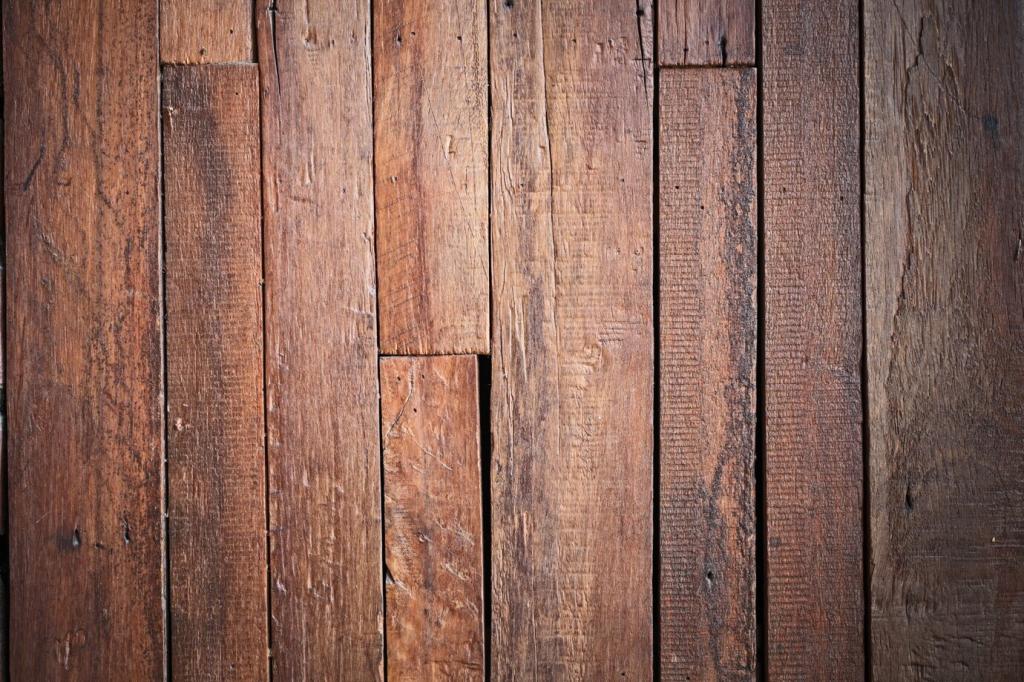Finishes, Fasteners, and Non-Toxic Care
Linseed, tung, and hardwax oils penetrate without forming brittle films, making maintenance simple and low-tox. Heat-treated wood improves dimensional stability and decay resistance without heavy preservatives. Match finish to your climate and expectation for patina. What oil blends or heat-treated species have impressed you? Share your maintenance cadence so others can plan.
Finishes, Fasteners, and Non-Toxic Care
Choose waterborne, low-VOC sealers certified by credible programs and apply in thin, well-cured coats. Proper prep and breathable finishes reduce peeling and waste. Keep rags in sealed containers and dispose responsibly to prevent fires and pollution. Comment with your favorite eco stain that survived a full monsoon or snow season—we’re collecting field-tested winners.







